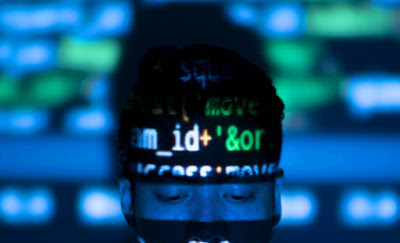Cybercrime is a global problem, and there are a variety of
different types of cyber cases that are prevalent around the world. Here are 10
types of cyber cases that are high in many countries:
- Phishing:
This is a type of scam in which criminals send fraudulent emails, texts,
or other messages in an attempt to trick people into sharing sensitive
information like passwords, credit card numbers, or social security
numbers.
- Ransomware:
This is a type of malware that encrypts the victim's files and demands
payment in exchange for the decryption key. It is a major problem for
businesses of all sizes.
- Identity
theft: This involves the theft of personal information like social
security numbers or bank account information, which can be used to open
credit accounts or make fraudulent purchases.
- Malware:
Malware is a type of software designed to cause harm to a computer system,
such as viruses, worms, or Trojan horses.
- Cyberbullying
and harassment: The use of digital communication tools like social media,
texting, or email to bully, harass, or threaten others.
- Cyber
espionage: This involves the theft of sensitive information or intellectual
property from businesses, governments, or other organizations.
- Data
breaches: Data breaches involve the theft or exposure of sensitive
information, such as personal information, trade secrets, or financial
information.
- Distributed
Denial of Service (DDoS) attacks: This type of attack involves
overwhelming a website or server with traffic, making it unavailable to
users.
- Online
scams: This includes a wide range of fraudulent activities, such as fake
online shopping websites, fake job postings, or lottery scams.
- Child
exploitation: The use of the internet to facilitate the sexual
exploitation of children, including the production and distribution of
child pornography.
#PhishingScams
#RansomwareAttacks
#IdentityTheft
#MalwareInfections
#CyberbullyingIncidents
#CyberEspionageCases
#DataBreachCompromises
#DDoSAttacks
#OnlineScams
#ChildExploitationCrimes






